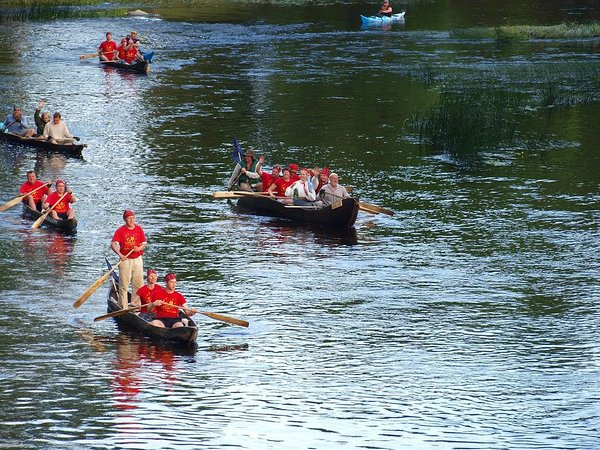This marks beginning of the next stage of the initiative “Soomaa dugout canoe to UNESCO!” to which the Estonian National Commission for UNESCO, Estonian Folk Culture Centre, additional experts and partners will be engaged.
As a reminder, the Estonian Dugout Canoe Society and URALIC Centre for Indigenous Peoples submitted a joint letter to Mr. Indrek Saar, Estonia’s Minister of Culture, on October 10 with a request to support the nomination of Soomaa dugout canoe building tradition into the UNESCO Representative List of the Intangible Cultural Heritage of Humanity, due to the significance of dugout canoe building skills in the intangible cultural heritage of Soomaa and the entire Pärnu river basin.
Another reason for taking the dugout canoe tradition to UNESCO is the key role of one-log boats in the intangible cultural heritage of many Finno-Ugric peoples. Hence, the recognition of Soomaa dugout canoe building tradition by UNESCO would also help valorize and preserve the tradition of one-log boats among Finno-Ugric peoples of Russia.
Initiators expect to reach an important milestone – for example, submission of the nomination by Estonia to UNESCO – by 2010 when the 8th World Congress of Finno-Ugric peoples will be held in Tartu, Estonia. On that occasion, the first ever procession of Finno-Ugric dugout canoes will take place on the Emajõgi river.
Further information:
Aivar Ruukel (Tel. +372 506 1896, aivar.ruukel@gmail.com)
Oliver Loode (Tel. +372 513 2992, oliver.loode@uralic.org)

Write first comment